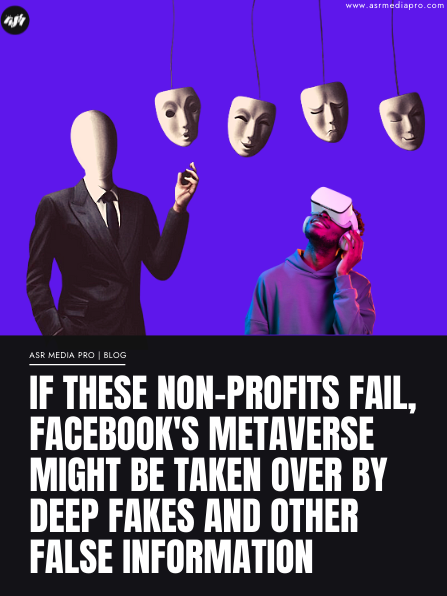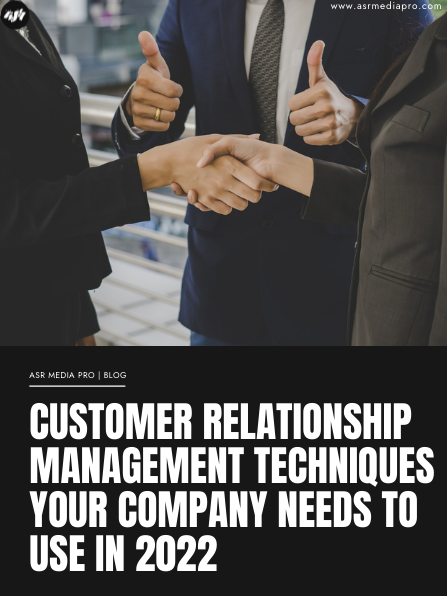
How to Use YouTube’s Algorithm to Your Advantage
How to Use YouTube’s Algorithm to Your Advantage The algorithm may make or break your content strategy if your company uses YouTube. It’s crucial that
As marketers, we are constantly looking for ways to automate, optimise, and simplify processes so that we can run more programmes, produce more
content, achieve a higher ROI, etc. In addition, fewer than half of consumers believe brands could do a better job of engaging them.
Customers now anticipate a personalised and engaging experience. However, creating engaging, personalised experiences for our audiences is an aspect of marketing that the majority of marketers find difficult and, at times, impossible to achieve.
To effectively engage your audience, you must have a thorough understanding of what they are actually doing and connect with them on a personal level at precisely the right time. In today’s data-rich world, it is not difficult to collect data; rather, it is challenging to use that data to create experiences across
channels.
In a recent survey, we asked marketers from all over the world which technological components they require for effective engagement. The vast majority of this engagement can be accomplished through a marketing automation platform. This article will discuss five marketing automation features that increase engagement.
The email marketing capabilities of marketing automation platforms enable marketers to send simple emails and more complex sets of emails, such as automatically sending email sequences to customers based on predefined triggers, behaviours, demographic data, or other criteria. Email can be used for straightforward automation, including:
One of the most potent features of marketing automation is its ability to assist marketers in nurturing prospects by delivering the appropriate content to prospects at the appropriate stage of their journeys, ultimately nudging them toward the next conversion—whether that’s a download or a sale.
For instance, nurture can be used to deliver content to segmented groups of customers, with segmentation based on a variety of parameters such as buyer persona, past interactions with a brand across all channels, location, and other attributes.
And the only time commitment required from marketers is the time spent configuring email campaigns, sequences, and triggers…
Moreover, routine maintenance to refresh outdated content is required.
Your customers use various channels, so you must, too (especially mobile). Adding mobile can be simple, but it is essential to ensure a consistent, unified experience across all channels. With automated mobile marketing, marketers can:
Automated mobile marketing increases customer engagement by enabling your brand to speak to each user individually. A desktop “conversation” can be continued on a mobile device, and mobile engagement influences email personalization and other factors.
Integrated with all of your other marketing campaigns and channels, the most effective social media marketing programmes do not exist in isolation.
Integrating social media marketing with your website, blog, mobile app, analytics, and more can be made easier with marketing automation.
With social media marketing automation, marketers are able to:
Marketing automation platforms also collect vital information about the individuals who engage with your brand on social media, including additional demographic information, behaviour such as the type of content they download, the frequency with which social content is clicked, and the type of content that followers are most interested in.
All of these metrics can be used to enhance your multi-channel marketing campaigns and distribute more targeted content, thereby increasing engagement.
Developing a strategy for audience engagement is a crucial first step. But if the effectiveness is not measured, it is less of a strategy and more of a hypothesis.
The best engagement plans contain proven strategies. Before initiatives are fully implemented, they must be tested, measured, and validated as successful. This is only possible if you track the appropriate engagement metrics, evaluate the efficacy of various campaigns, and narrow your strategy to focus solely on those that succeed.
By analysing what’s working and what’s not, you can make decisions to increase customer engagement and zero in on the channels, content, updates, promotions, and messages that generate the highest engagement—and, consequently, the highest ROI.
In a perfect world, every customer would interact with your brand for the first time on one of your channels, use brand content and sales pages to navigate the entire buying journey, and convert on the same day during the same session.
However, this is not an ideal world, nor is this how your audience operates. Customers and prospects may instead discover a blog post on your site via a social post shared by a friend.
They view a few sales pages and case studies a few months later. This can continue for months prior to the recipient providing an email address by subscribing to your newsletter or downloading gated content.
With the website visitor ID and tracking feature of a marketing automation tool, also known as web personalization, you can learn more about these anonymous visitors before they provide their information, allowing for more personalised experiences.
Website visitor ID technology enables marketers to collect valuable information, such as location, company size, and industry, thereby making anonymous visitors less anonymous (even if you don’t have their name, email address, or phone number).
This enables marketers to execute retargeting advertising campaigns and track where and how leads at the top of the funnel are most likely to engage. And ultimately provides useful information for building a customer journey map that can be used to engage future leads and anonymous visitors by providing them with the right information at the right time, based on empirical data.
These five features of a marketing automation platform can help you advance your engagement and surpass your competition. What other features of a marketing automation platform have you found useful for increasing engagement? Let’s continue the conversation in the comments; I’d love to hear your thoughts.

How to Use YouTube’s Algorithm to Your Advantage The algorithm may make or break your content strategy if your company uses YouTube. It’s crucial that

If These Non-Profits Fail, Facebook’s Metaverse Might Be Taken Over By Deep Fakes And Other False Information Simply called Meta, Mark Zuckerberg’s virtual reality world,

Customer Relationship Management Techniques Your Company Needs to Use in 2022 Create a Multi-Channel Presence This type of traditional marketing doesn’t only employ one channel
